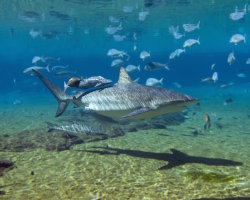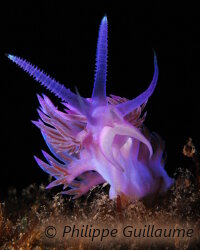Sealife guideThe narwhalMonodon monoceros
Last updated on 03/07/2025 at 11:54 PM

The narwhal (Monodon monoceros)
Taxonomy
- Common name: Narwhal, unicorne, sea unicorn, sea canary, horned whale, hog
- French name: Narval, licorne de mer
- Scientific name: Monodon monoceros (Linnaeus, 1758)
- Family name: Monodontidae
- Order name: Cetacea
- Class name: Sea mammals [Mammalia]
Description
Its scientific name « Monodon monoceros » describes it as the whale with one tooth and a horn. Indeed, the narwhal is characterized by the presence of two teeth, with the upper one spirally growing in males, forming the famous tusk that can reach up to 10 feet in length. Some males can have up to two tusks, while others lack them.
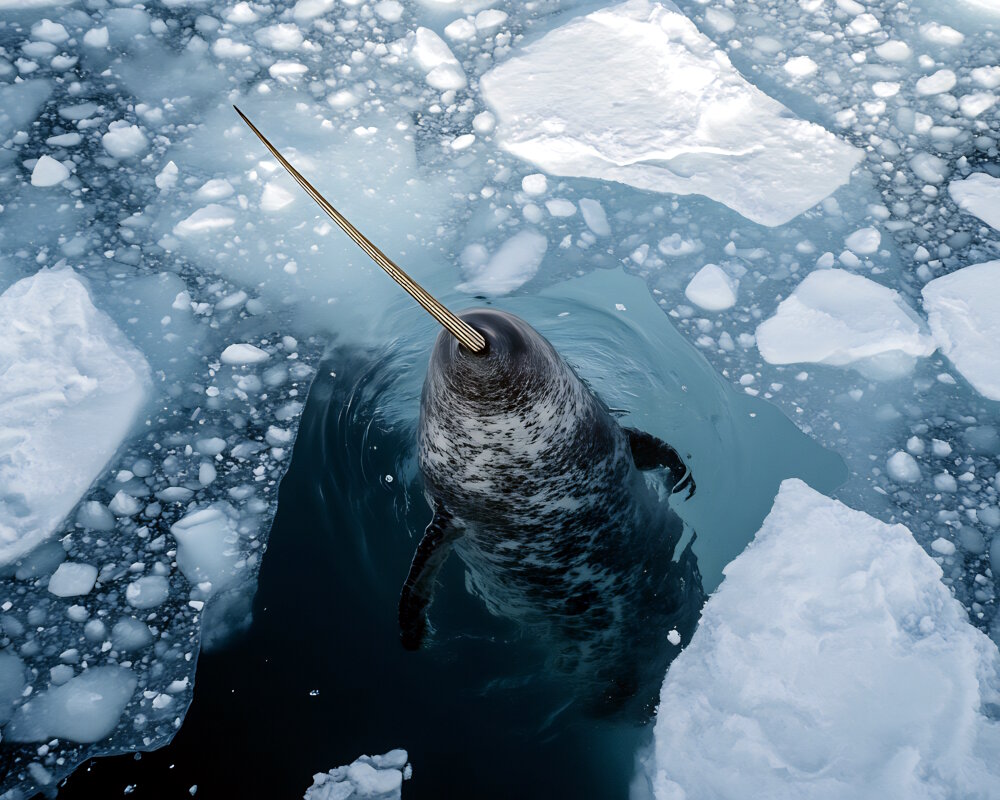
Un narval évoluant à travers les eaux glacées de l'Arctique émerge à la surface avec sa défense caractéristique ©
Haider Shah |
Dreamstime.comOnly 15% of females have a tusk and it is much smaller.
Their skin is pale gray with white spots, allowing them to blend into the icy waters of the Arctic Ocean.
The narwhal reaches a length of 13 to 16 feet and weighs between 1,800 to 3,500 pounds when fully grown.
Geographic range
The narwhal is found in the cold waters of the Arctic ocean, primarily around Greenland, Canada, Russia and Iceland.
Habitat
The narwhal prefers deep, icy waters, where it moves between ice layers to feed and migrate. In winter, it often travels under the ice and surfaces through holes in the ice to breathe.
The narwhal is a social marine animal that lives in groups, typically composed of 5 to 10 individuals, but can sometimes gather in larger numbers during the summer season.
Diet
The narwhal is primarily carnivorous and feeds on fish such as halibut and cod, as well as
cephalopods. In winter, it migrates to deeper areas to hunt and feed.
Reproduction
The narwhal’s reproduction is typically observed at the end of summer, with a gestation period of about 15 months. Females give birth to a single calf at a time, usually between July and August. The young narwhals are born with black skin that gradually lightens with age. Males reach sexual maturity at around 8 years, while females can reproduce from 5 to 7 years of age.
Did you know ?
The narwhal is known for its sophisticated communication behaviors, using clicks and whistles to interact with its peers in the dark waters of the Arctic Ocean.
The male's large tusk, often considered a symbol of status, remains a subject of research. Scientists have suggested that the tusk may play a role in male competition behaviors, particularly in fights to attract females, although the existence of violent battles has not been conclusively confirmed.
Narwhal populations are threatened by climate change, which is drastically altering their icy habitat, hunting, marine pollution and industrial activities in the Arctic, such as oil and gas exploitation.
Within the same family
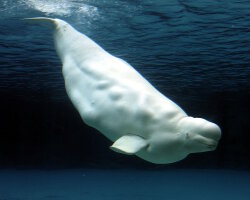
Beluga
(Delphinapterus leucas)
Discover also

Australian sea lion
(Neophoca cinerea)
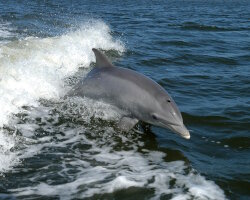
Common bottlenose dolphin
(Tursiops truncatus)
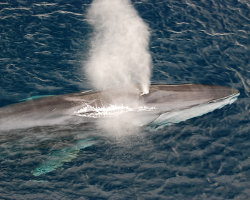
Fin whale
(Balaenoptera physalus)
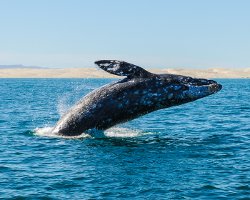
Gray whale
(Eschrichtius robustus)

Harbor seal
(Phoca vitulina)

Humpback whale
(Megaptera novaeangliae)
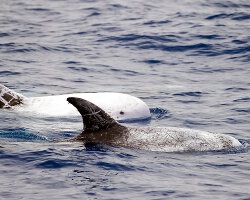
Rissos dolphin
(Grampus griseus)

Spinner dolphin
(Stenella longirostris)
The marine species from Arctic ocean
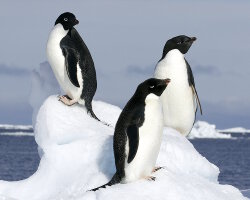
Adelie penguin
(Pygoscelis adeliae)
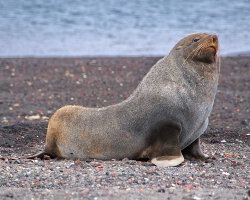
Antarctic fur seal
(Arctocephalus gazella)

Chinstrap penguin
(Pygoscelis antarcticus)

Emperor penguin
(Aptenodytes forsteri)
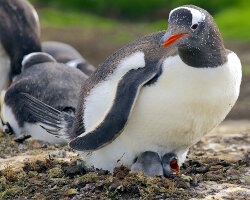
Gentoo penguin
(Pygoscelis papua)
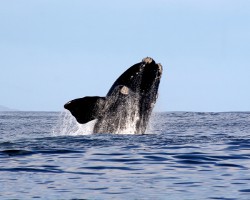
Southern right whale
(Eubalaena australis)


















